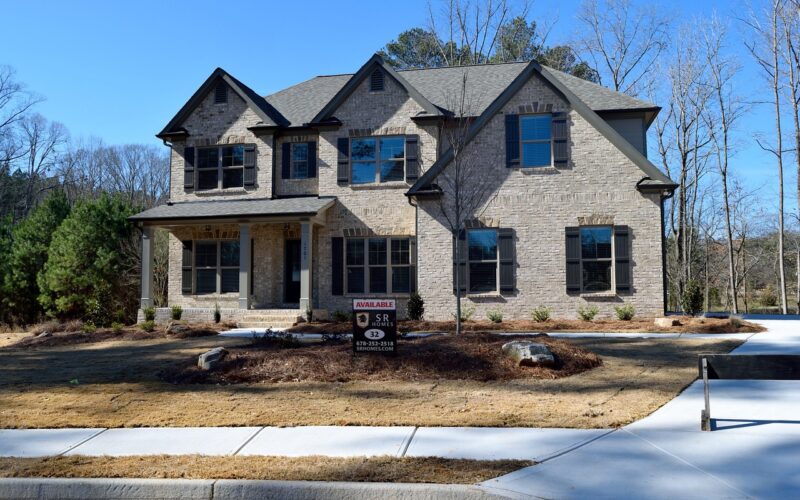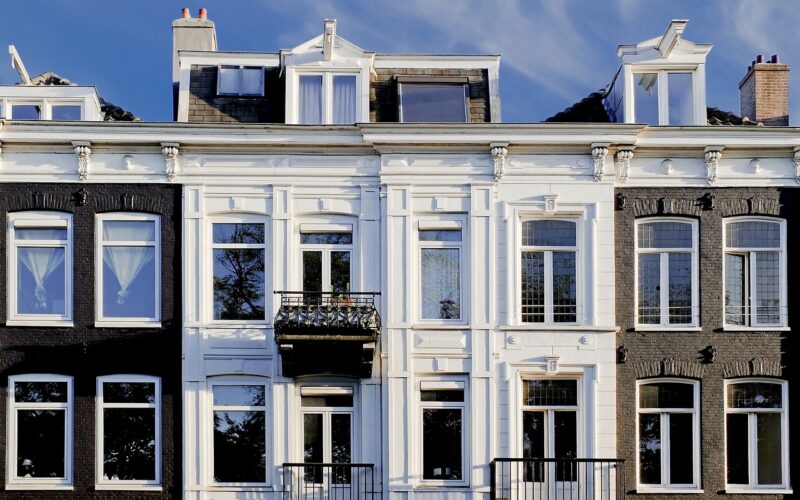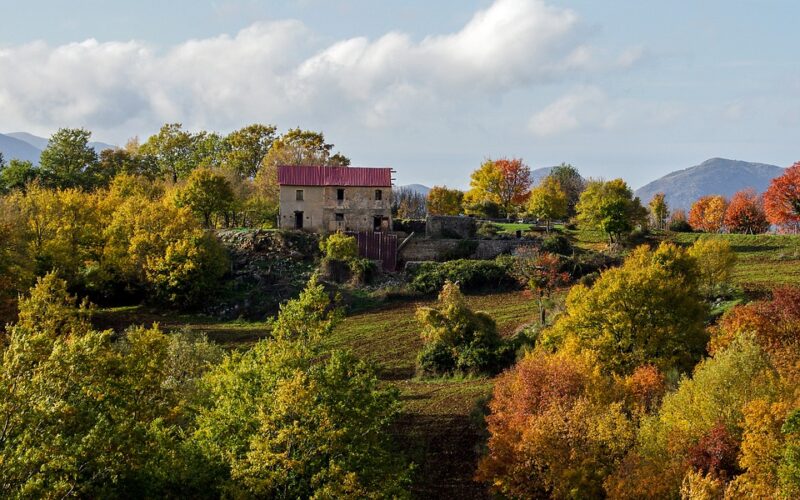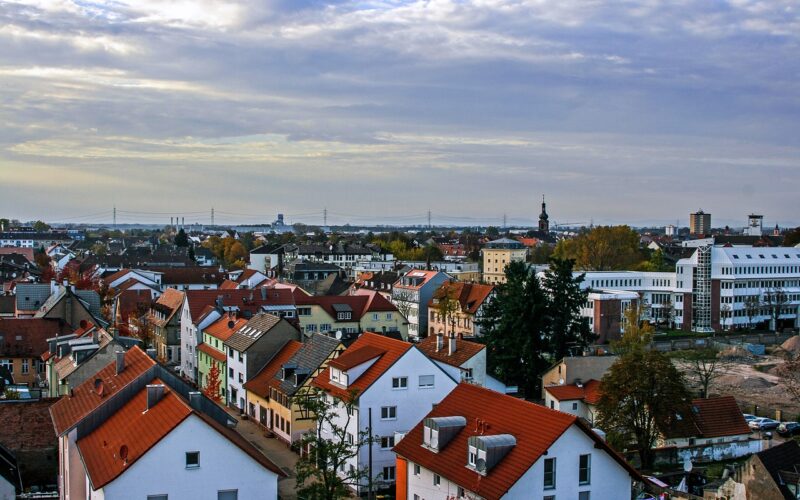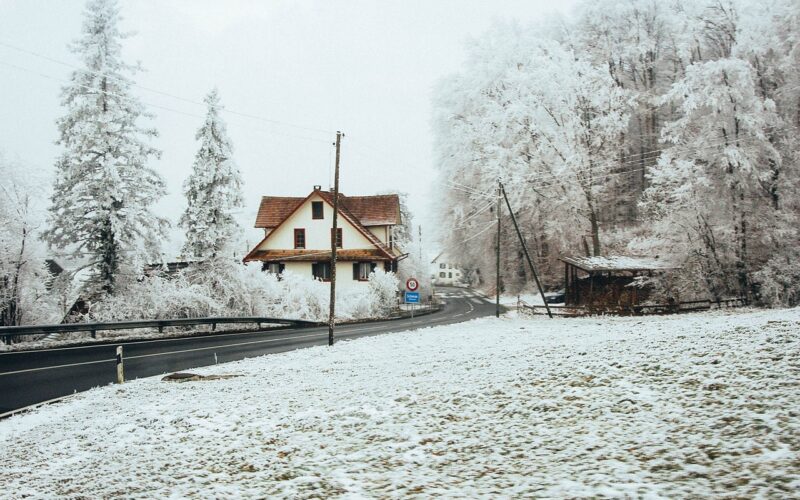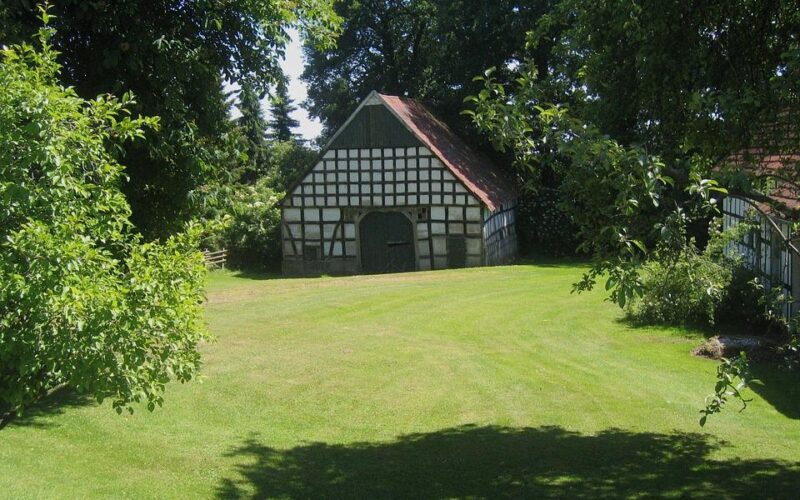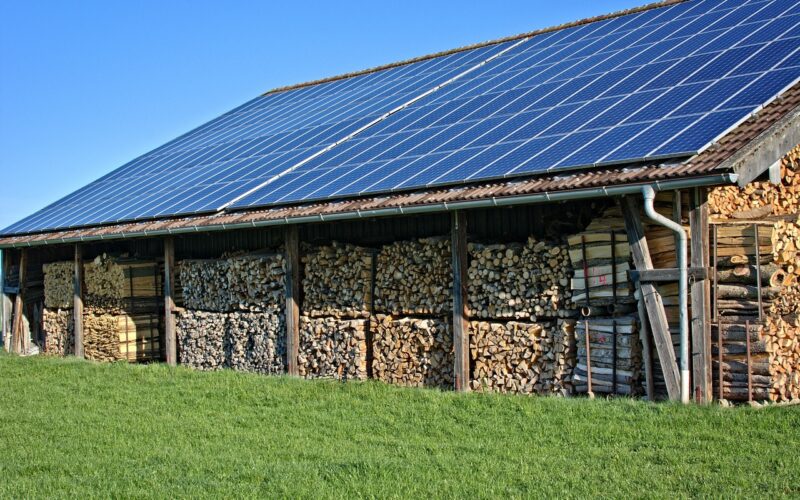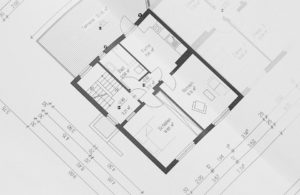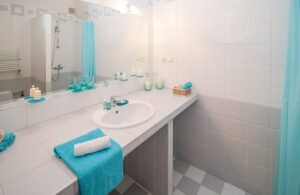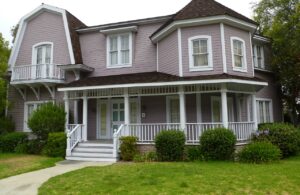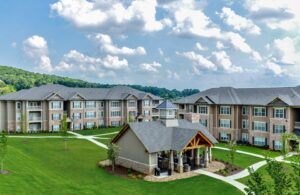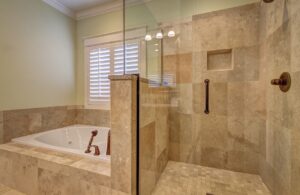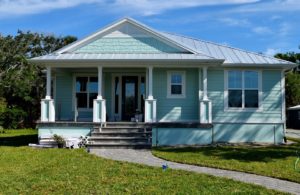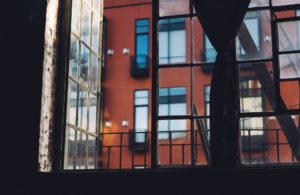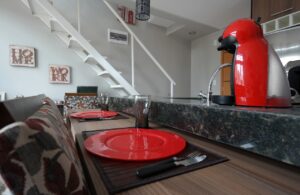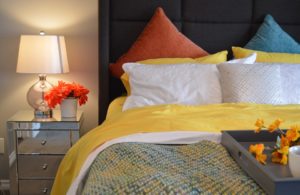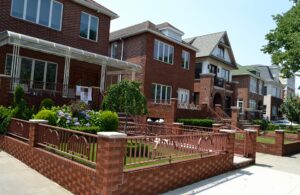The concept of the passive house is revolutionising how we think about energy efficiency and sustainability in residential building. A passive house is designed to require minimal heating or cooling, providing a comfortable living environment year-round and significantly reducing the building's carbon footprint.
What is a passive house?
A passive house is a rigorously standard for energy efficiency, resulting in a building that requires very little energy for heating or cooling. The term 'passive' refers to the system's ability to harness the sun, internal heat sources, and heat recovery in such a way that conventional heating systems become obsolete. This high level of energy efficiency is achieved through meticulous design and building practices, which focus on insulation, an airtight building envelope, high-performance windows, and controlled ventilation.
The benefits of living in a passive house
Living in a passive house has numerous advantages, both environmentally and financially. Due to the immense energy efficiency, the operational costs of a passive house are significantly lower than those of a standard home. This translates to substantial savings on energy bills over time. Additionally, passive houses provide remarkably consistent indoor temperatures, creating a comfortable and healthy living environment. The advanced ventilation systems ensure optimal air quality, which can greatly benefit individuals with respiratory conditions or allergies.
Key design elements of a passive house
Fundamental to the passive house design is the thermal envelope — a combination of superinsulation, airtight construction, and the elimination of thermal bridges. This envelope keeps the warmth in during winter and out during summer. High-performance triple-glazed windows and doors are critical components that contribute to maintaining the internal climate without relying on active heating or cooling systems. Beyond the physical structures, orientation and shading play pivotal roles. Buildings are oriented to maximise solar gain, and shading is designed to prevent overheating.
Challenges to consider when building a passive house
While the benefits of a passive house are compelling, there are challenges. The up-front costs can be higher due to the need for specialised materials and skilled labour. Additionally, finding experienced architects and builders who understand the stringent requirements of passive house construction can be difficult in some regions. Adherence to the passive house principles also leaves little room for error during the construction phase. Strict quality control is essential for achieving the desired energy efficiency.
Technological innovations
The rise of smart home technology and sustainable building materials is supporting the growth of passive house construction. Home automation systems can further optimise energy use by fine-tuning the operation of windows, shades, and ventilation based on real-time environmental data. New insulation materials and techniques continue to advance the efficiency and affordability of creating thermal envelopes. Photovoltaic systems can also be integrated, allowing the house to generate its own renewable energy.
The future of home building
There's a growing trend toward not only sustainable living but also sustainable building. The passive house represents the pinnacle of this shift. While currently seen as above-standard in the residential construction industry, there's potential for passive house principles to become standard practice globally. With increasing awareness of climate change and the rising cost of energy, consumer demand for homes that are both cost-effective and environmentally responsible will no doubt continue to grow.
The passive house is an impressive model for the future of sustainable living, seamlessly blending energy efficiency with comfort. By prioritising smart design from the start, the passive house approach demonstrates that it is possible to build homes that are good for both the planet and the people who live in them. As the world continues to focus on reducing its environmental impact, the passive house sets a standard all residential buildings might soon follow.
